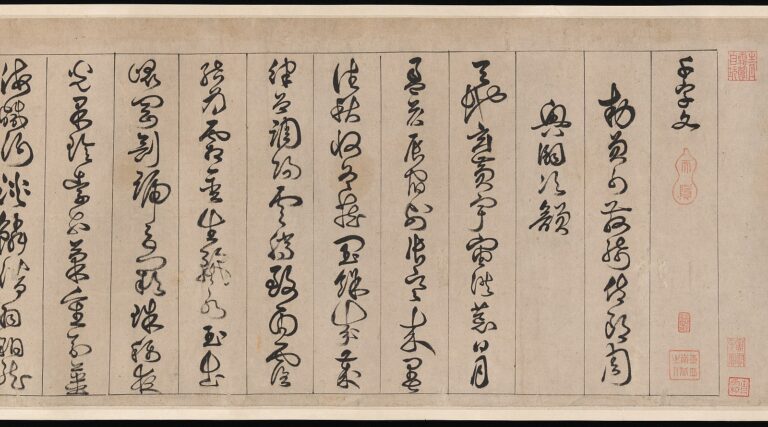Chinese in the Real World: Accents
When you’re out using your Chinese in the real world, it’s actually somewhat rare to hear “perfect,” textbook Mandarin. While this can be confusing, there are patterns that you can look out for to help you understand different accents.
Dialects vs. Accents
Across the Chinese-speaking world, people grow up speaking all kinds of regional dialects, from Cantonese in the south to Sichuanese in the west. These dialects can sound completely different from Mandarin and might even be mutually unintelligible.
When people from different regions need to communicate, they switch to Standard Mandarin, which you can read more about in our blog post here. When Chinese people speak Standard Mandarin, most still speak it with an accent shaped by their native dialect. This is accented Mandarin: Mandarin with local flavor.
If you were to live in a Chinese city, you’d quickly notice that the Mandarin you hear on the street doesn’t always match the clean, neutral pronunciation you might be used to. For example, someone from Sichuan might pronounce certain consonants or tones differently than someone from Beijing, but both are still speaking Mandarin.
This can be tricky at first. Especially for learners who don’t live in China, as it’s very likely that every new Chinese person you meet could have a different accent, depending on where they grew up.
While this isn’t really an issue for native Chinese speakers, the same way most English speakers can understand different English accents, it can be very jarring for Chinese learners. As with most things, understanding is half the battle. Let’s learn about accented Mandarin so we can get comfortable using our Mandarin in the real world!
Types of Accents
Because there are so many dialects of Chinese, there are many different ways that Mandarin might be accented. The good news is that accents generally fall into two larger categories: north and south. For a comparison of these types of accents, you can watch this video by Grace Mandarin Chinese, which compares Northern, Southern and Taiwanese Mandarin accents.
It’s also worth noting that how strong someone’s accent is can depend on how familiar they are with Standard Mandarin. Some people, especially younger generations in the People’s Republic of China, speak with little to no accent at all. In this video, you can see a Chinese woman mimicking different Chinese accents, including unaccented Standard Mandarin.
Common Features of Accented Mandarin
While accents from different regions of China can all sound somewhat different, there are some common features of accented Chinese that are worth knowing about:
儿化音 - Adding 'er' to syllables
“n/l 不分” - Not distinguishing between 'n' and 'l'
“h/f 不分” - Not distinguishing between 'h' and 'f'
Similarly, some accents don’t differentiate between “f” and “h,” causing words like “福建” to sound like “hú jiàn.” Interestingly enough, people from Fujian province are notorious for speaking like this.
“平舌音、翘舌音不分” - Not distinguishing alveolar and retroflex consonants
Typical of southern accents, this one is a bit tricky. Essentially, “zhi,” “chi,” and “shi” sounds will become “z,” “c,” and “s.” This can make a sentence like “你吃什么” sound like “nǐ cī sénme.”
Often, the “r” sound can also be affected, which can become a “y” sound. People with this accent could pronounce a sentence like “我是中国人” like “wǒ sì zōng guó yén.”
Other features
- Some speakers will sometimes use a “v” sound when pronouncing the “w” in words like “中文,” making it sound more like “zhōng vén.”
- Sometimes, the “ing” sound at the end of words will be pronounced almost with an “ung” sound, making words like “听” sound more like “tīung.”
These are just some of the more common features of accented Chinese. In conversation, you might pick up on more specific quirks in pronunciation, like slightly tweaked vowels, different tones, etc.
Use Your Chinese in the Real World
Of course, if you spend time in a certain region of China, you’ll naturally pick up on the accented Mandarin, or even the local dialect spoken there. For many of us, however, the ability to understand accented Mandarin comes from speaking to people with different accents. The more familiar you get with the common features of different accents, the more quickly you’ll be able to identify them, and the easier you’ll catch on.
While it might sound counterintuitive, learning clear, unaccented Standard Mandarin is actually the best way to improve your flexibility when it comes to listening. With Du Chinese’s audio recorded by native speakers certified in Standard Mandarin, you can develop the ear required to speak Mandarin in the real world!







